Home>diy>Building & Construction>What Is CPI In Construction
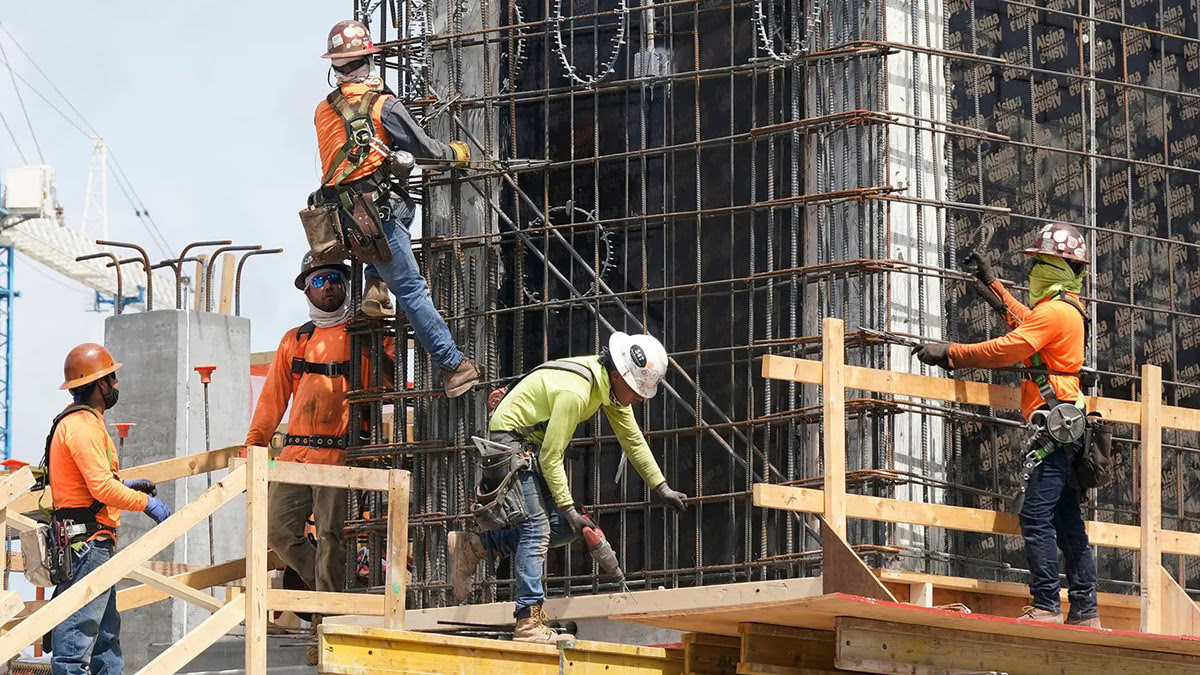

Building & Construction
What Is CPI In Construction
Modified: January 9, 2024
Learn what CPI means in the context of building construction and how it affects the industry. Explore key concepts, benefits, and challenges.
(Many of the links in this article redirect to a specific reviewed product. Your purchase of these products through affiliate links helps to generate commission for Storables.com, at no extra cost. Learn more)
Introduction
Welcome to the world of construction, where intricate designs and careful planning come together to bring structures to life. When it comes to the construction industry, it’s crucial to have a solid understanding of key performance indicators that help keep projects on track and ensure their success. One such indicator is the Construction Performance Index, commonly referred to as CPI.
CPI is a metric that provides valuable insights into the progress and efficiency of construction projects. It serves as a benchmark for evaluating the overall performance and cost-effectiveness of construction activities. By analyzing CPI, project managers, contractors, and stakeholders can make informed decisions and take corrective actions to ensure that projects stay within budget, meet deadlines, and deliver the highest quality results.
In this article, we will dive into the world of CPI in construction, exploring its definition, purpose, calculation methods, and practical applications. We will also discuss the factors influencing CPI and its limitations. By the end, you will have a comprehensive understanding of CPI and its role in the construction industry.
Key Takeaways:
- CPI in construction is a vital benchmark for evaluating project performance, monitoring costs, managing schedules, and ensuring quality. It empowers stakeholders to make informed decisions and take proactive measures for successful project completion.
- While CPI provides valuable insights, it has limitations such as subjectivity, scope changes, and external factors. Stakeholders must use CPI as a tool for improvement, supplementing it with other performance indicators and effective project management practices.
Read more: How To Reset CPI Doorbell Camera
Definition of CPI in Construction
The Construction Performance Index (CPI) is a measurement tool used to evaluate and monitor the efficiency, productivity, and performance of construction projects. It provides a quantitative assessment to determine how well a project is progressing in terms of cost, schedule, and quality.
CPI considers various factors such as labor productivity, material costs, equipment utilization, and project timelines. By analyzing these factors, CPI helps identify trends and deviations from the original project plan, enabling stakeholders to take proactive measures to address any issues and ensure project success.
CPI is often represented as a ratio or percentage, which compares the actual performance of a construction project to the planned performance. A CPI value greater than 1 indicates that the project is performing better than expected, while a value less than 1 suggests that the project is falling behind schedule or over budget.
It is important to note that CPI is not a standalone metric but is often used in conjunction with other performance indicators, such as the Schedule Performance Index (SPI) and the Cost Performance Index (CPI), to provide a comprehensive overview of project performance.
Overall, CPI in construction plays a vital role in assessing the health and progress of a construction project. It allows stakeholders to measure performance objectively, identify areas for improvement, and make the necessary adjustments to ensure successful project completion within the defined parameters of time, cost, and quality.
Purpose and Importance of CPI
The Construction Performance Index (CPI) serves multiple purposes and holds significant importance in the construction industry. Let’s delve into some of the key reasons why CPI is essential:
- Performance Evaluation: CPI provides a comprehensive evaluation of a construction project’s performance by comparing the actual progress against the planned performance. It helps stakeholders understand how well the project is meeting its objectives and allows for proactive measures to be taken if any deviations occur.
- Cost Monitoring: CPI allows project managers and stakeholders to track and control costs effectively. By regularly analyzing the CPI, they can identify cost overruns or cost-saving opportunities. This enables them to make informed decisions and take action to keep the project within budget.
- Schedule Management: With CPI, project schedules can be closely monitored. By comparing the planned schedule to the actual progress, project managers can identify delays and take corrective actions to keep the project on track and meet deadlines.
- Quality Assurance: CPI not only considers costs and schedules but also assesses the quality of work performed. By monitoring CPI, stakeholders can identify any issues affecting the project’s quality and implement necessary corrective measures to maintain the desired level of quality.
- Decision-Making: CPI provides stakeholders with essential data and insights to make informed decisions. By analyzing the CPI, they can identify trends, predict potential risks, and allocate resources effectively. This allows for better decision-making throughout the project lifecycle.
The importance of CPI lies in its ability to provide transparency, accountability, and control over construction projects. It ensures that projects remain on track, within budget, and deliver the expected quality. Additionally, CPI facilitates effective communication and collaboration between project teams, clients, and contractors, fostering a positive and productive working environment.
In summary, CPI serves the purpose of evaluating performance, monitoring costs and schedules, assuring quality, aiding decision-making, and ensuring project success. Incorporating CPI into construction projects is crucial for achieving desired outcomes, minimizing risks, and maximizing efficiency and profitability.
Calculation of CPI in Construction
The calculation of the Construction Performance Index (CPI) involves comparing the planned performance of a construction project with its actual performance. This calculation provides an objective assessment of how well the project is meeting its targets. There are several methods to calculate CPI, but the most common approach is to use the Earned Value Management (EVM) technique.
The EVM technique utilizes three key parameters: Planned Value (PV), Earned Value (EV), and Actual Cost (AC). Here’s a breakdown of how these parameters are used to calculate CPI:
- Planned Value (PV): PV refers to the estimated value of the work scheduled to be completed at a specific point in time. It represents the planned or budgeted value of the work that should have been accomplished by that time.
- Earned Value (EV): EV represents the actual value of the work that has been completed at a specific point in time. It is calculated by measuring the progress of the project based on predetermined metrics or milestones.
- Actual Cost (AC): AC represents the actual cost incurred in completing the work at a specific point in time. It includes all expenses related to labor, materials, equipment, and any other costs directly associated with the project.
With these parameters in place, the CPI can be calculated using the formula:
CPI = EV / AC
A CPI value greater than 1 indicates that the project is performing better than expected. For example, if the CPI is 1.1, it means that for every dollar spent, the project has earned $1.10 worth of value.
On the other hand, a CPI value less than 1 suggests that the project is behind schedule or over budget. For instance, if the CPI is 0.9, it means that for every dollar spent, only $0.90 worth of value has been earned.
By regularly calculating and analyzing the CPI, stakeholders can track the progress of the project, identify any deviations from the original plan, and take necessary actions to address them. This helps ensure that the project is on track, within budget, and delivering the desired value.
It’s important to note that while the CPI provides valuable insights into a project’s performance, it is just one piece of the puzzle. It is often used in conjunction with other metrics, such as the Schedule Performance Index (SPI) and the Cost Performance Index (CPI), to get a holistic view of project performance.
CPI in construction stands for Construction Performance Index. It measures the relative cost of construction over time. A CPI value greater than 1 indicates increased costs, while a value less than 1 indicates decreased costs.
Factors Affecting CPI in Construction
Several factors can influence the Construction Performance Index (CPI) in the construction industry. Understanding these factors is crucial for accurately assessing project performance and taking appropriate actions to improve efficiency and productivity. Here are some of the key factors that can affect CPI:
- Change Orders: Change orders refer to modifications or alterations to the original scope of work. They can impact the CPI by introducing additional costs or causing delays. It’s important to manage change orders effectively to minimize their impact on project performance.
- Productivity: Labor productivity is a critical factor that can significantly impact the CPI. Factors such as skill level, training, work environment, and resource availability can influence the productivity of the workforce. Enhancing productivity through effective project planning and resource allocation can help improve the CPI.
- Materials and Equipment: The availability and timely delivery of materials and equipment are crucial for maintaining project progress. Any delays or issues related to sourcing materials or equipment can affect the CPI by causing schedule delays and cost overruns.
- Project Management: Effective project management practices play a vital role in ensuring project success. Factors such as clear communication, accurate estimation, risk management, and efficient decision-making can positively impact the CPI. Strong project management helps keep the project on track, minimizes risks, and controls costs.
- Weather and External Factors: Construction projects can be significantly affected by external factors such as weather conditions, regulatory changes, and unforeseen events. Adverse weather conditions can lead to schedule delays and increased costs. Proper risk assessment and contingency planning can help mitigate the impact of these factors on the CPI.
- Quality Control: Maintaining high-quality standards is essential for project success. Poor quality work may require rework or corrective actions, leading to increased costs and potential delays. Implementing strong quality control measures ensures that the project meets the desired standards and minimizes the negative impact on the CPI.
- Contractual Agreements: The terms and conditions outlined in the project contract can influence the CPI. Factors such as payment schedules, penalties for delays, and performance requirements can impact project performance and overall cost. Careful contract management is necessary to ensure that the contractual agreement aligns with project goals and objectives.
It’s important to note that the impact of these factors on CPI may vary depending on the specific project and its unique circumstances. Regular monitoring, proactive risk management, and effective communication among stakeholders can help identify and address these factors promptly, minimizing their impact on project performance.
By understanding and managing these factors, project teams can strive for continuous improvement, enhance project performance, and achieve higher CPI values, indicating successful construction project execution.
Read more: What Is Construction
Applications of CPI in Construction
The Construction Performance Index (CPI) has several practical applications in the construction industry. By analyzing and utilizing CPI data, stakeholders can make informed decisions, improve project performance, and ensure successful project completion. Here are some key applications of CPI:
- Performance Monitoring: CPI provides a quantitative measure of a construction project’s performance. By tracking CPI over time, project managers can monitor the progress of the project and evaluate its efficiency. It helps identify areas where the project is performing well or falling behind, allowing for proactive measures to be taken to ensure on-time delivery and budget adherence.
- Budget Control: With CPI, stakeholders can effectively monitor and control project costs. By comparing the planned budget to the actual costs incurred, project managers can identify any cost overruns or savings. This enables them to take corrective actions and make necessary adjustments to keep the project within budget.
- Schedule Management: CPI assists in tracking and managing project schedules. By analyzing CPI trends, project managers can identify any delays or deviations from the planned schedule. They can then implement strategies to mitigate these issues and keep the project on track to meet deadlines.
- Performance Benchmarking: CPI can be used to benchmark the performance of different construction projects or teams. By comparing CPI values across projects, stakeholders can identify best practices, areas for improvement, and potential efficiency gains. This promotes knowledge sharing and allows for continuous improvement across the organization.
- Contract Evaluation: CPI is a valuable tool in evaluating contractor performance. It allows clients to objectively assess how well contractors are meeting project objectives and budget constraints. CPI data can inform contract negotiations, aid in selecting future contractors, and provide insights for making informed decisions regarding contractor performance.
- Risk Management: CPI helps in identifying potential risks and deviations from the project plan. By regularly monitoring CPI, project managers can spot early warning signs of project underperformance or cost overruns. This enables them to take proactive measures to mitigate risks, prevent future issues, and ensure effective risk management.
- Decision-Making: CPI data provides stakeholders with the necessary information to make informed decisions throughout the project lifecycle. By analyzing CPI trends and comparing them to project goals, stakeholders can make data-driven decisions regarding resource allocation, scope changes, and project execution strategies. This helps in maximizing project outcomes and reducing the likelihood of project failures.
Overall, the applications of CPI in construction are diverse and valuable. By leveraging CPI data, stakeholders can improve project performance, enhance cost control, manage schedules effectively, make informed decisions, and mitigate risks. CPI acts as a compass, guiding construction projects towards success, ensuring client satisfaction, and maximizing the return on investment.
Limitations of CPI in Construction
While the Construction Performance Index (CPI) is a valuable tool for evaluating project performance, it does have certain limitations that need to be taken into consideration. Understanding these limitations is crucial to ensure the accurate interpretation and application of CPI data. Here are some key limitations of CPI in construction:
- Subjectivity: CPI calculations rely on accurate and reliable data inputs. However, data collection and interpretation can be subjective, leading to potential inaccuracies. Different stakeholders may have varying perspectives on what constitutes “earned value” or adequate progress, which can affect the CPI calculations.
- Scope Changes: CPI calculations assume a consistent scope of work throughout the project. However, construction projects are prone to scope changes due to unforeseen circumstances, client requests, or design modifications. These changes can impact the validity of CPI calculations and may require adjustments to accurately reflect project performance.
- External Factors: CPI may not fully capture the influence of external factors beyond the project’s control. Market conditions, economic fluctuations, or regulatory changes can impact project performance and costs, potentially affecting the accuracy of CPI calculations if these factors are not adequately accounted for.
- Data Timing: CPI calculations depend on timely and up-to-date data. However, delays in data collection and reporting can result in outdated information, making it challenging to assess current project performance accurately. Lagging data can also lead to delayed decision-making, hindering proactive measures to address performance issues.
- Complexity: Construction projects can be complex, involving multiple tasks, dependencies, and stakeholders. CPI calculations may oversimplify this complexity, making it challenging to capture the intricacies of individual project components accurately. As a result, CPI may not provide a granular view of project performance and may require additional analysis to understand specific areas of improvement.
- Focus on Cost and Schedule: CPI primarily focuses on cost and schedule performance, overlooking other critical project aspects such as quality, safety, and stakeholder satisfaction. While CPI provides valuable insights into cost and schedule deviations, it is important to supplement CPI analysis with other performance indicators to get a holistic view of project success.
Recognizing these limitations, it is essential to use CPI as a tool to gain insights and identify areas for improvement rather than solely relying on it as the sole determinant of project success. To overcome these limitations, it is recommended to consistently review and validate CPI data, consider additional performance indicators, employ effective project management practices, and adapt CPI calculations to suit the specific needs of each construction project.
By acknowledging and managing these limitations, stakeholders can leverage CPI effectively to make informed decisions and take necessary actions to enhance project performance and achieve successful outcomes in the construction industry.
Conclusion
The Construction Performance Index (CPI) is a powerful metric that plays a critical role in assessing and managing construction projects. It provides a quantitative measure of project performance, allowing stakeholders to make informed decisions, control costs, manage schedules, and mitigate risks. However, it is important to recognize the limitations of CPI and understand that it is just one tool among many in the construction industry.
Throughout this article, we have explored the definition, purpose, calculation, factors affecting CPI, and its applications. We have seen how CPI serves as a benchmark for evaluating performance, monitoring costs and schedules, assuring quality, aiding decision-making, and ensuring project success. It enables project teams to track progress, make timely adjustments, and optimize resource allocation for maximum efficiency.
However, it is crucial to recognize that CPI calculations are subject to interpretation, scope changes, and external factors that can impact their accuracy. It is essential to regularly review and validate CPI data, consider additional performance indicators, and apply effective project management practices to overcome these limitations.
In conclusion, the Construction Performance Index is a valuable tool that provides insights into the performance of construction projects. By analyzing CPI data and utilizing it effectively, stakeholders can make informed decisions, manage costs and schedules, mitigate risks, and ultimately ensure the successful completion of projects in the construction industry.
Remember, CPI is not a standalone indicator, but rather one piece of the puzzle. By combining it with other performance metrics and best practices, project teams can achieve a holistic view of project success and drive continuous improvement in the construction industry.
Frequently Asked Questions about What Is CPI In Construction
Was this page helpful?
At Storables.com, we guarantee accurate and reliable information. Our content, validated by Expert Board Contributors, is crafted following stringent Editorial Policies. We're committed to providing you with well-researched, expert-backed insights for all your informational needs.


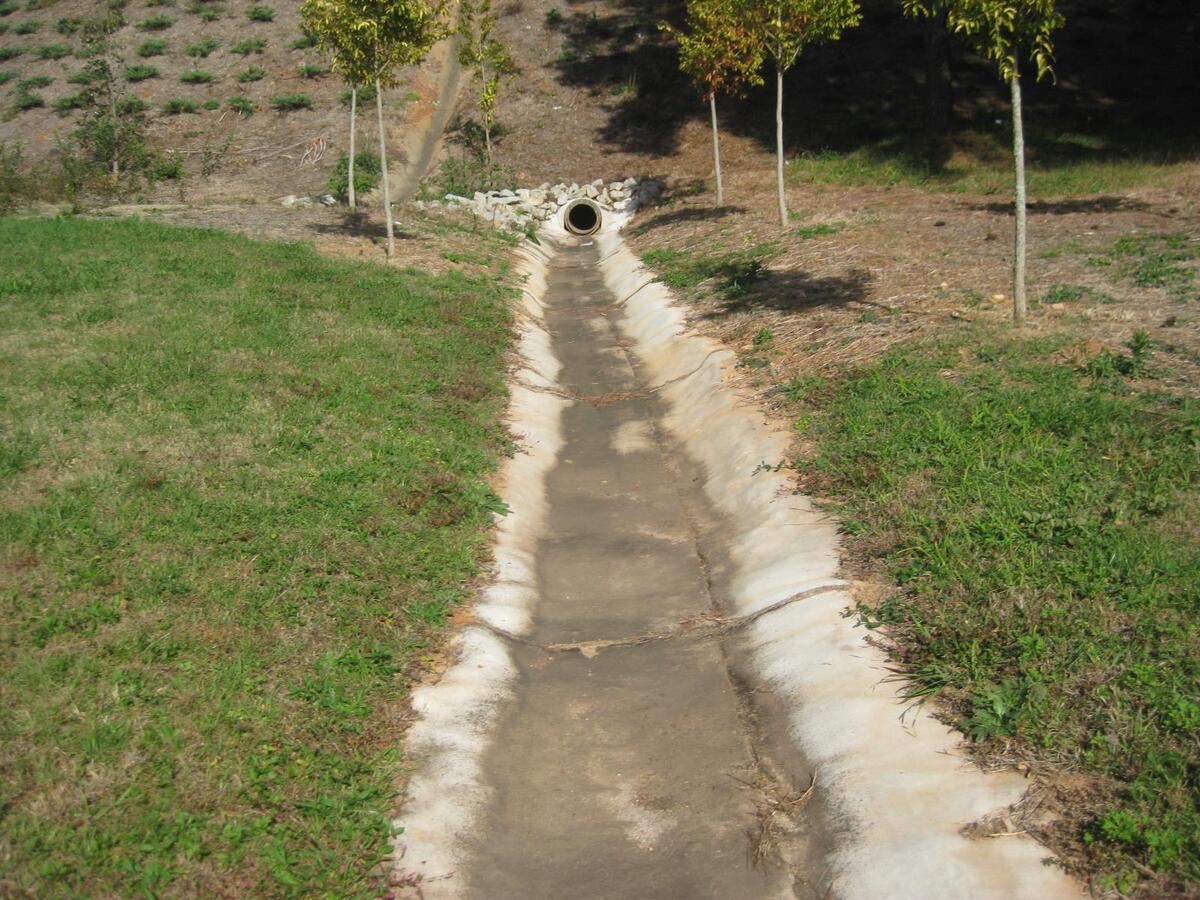
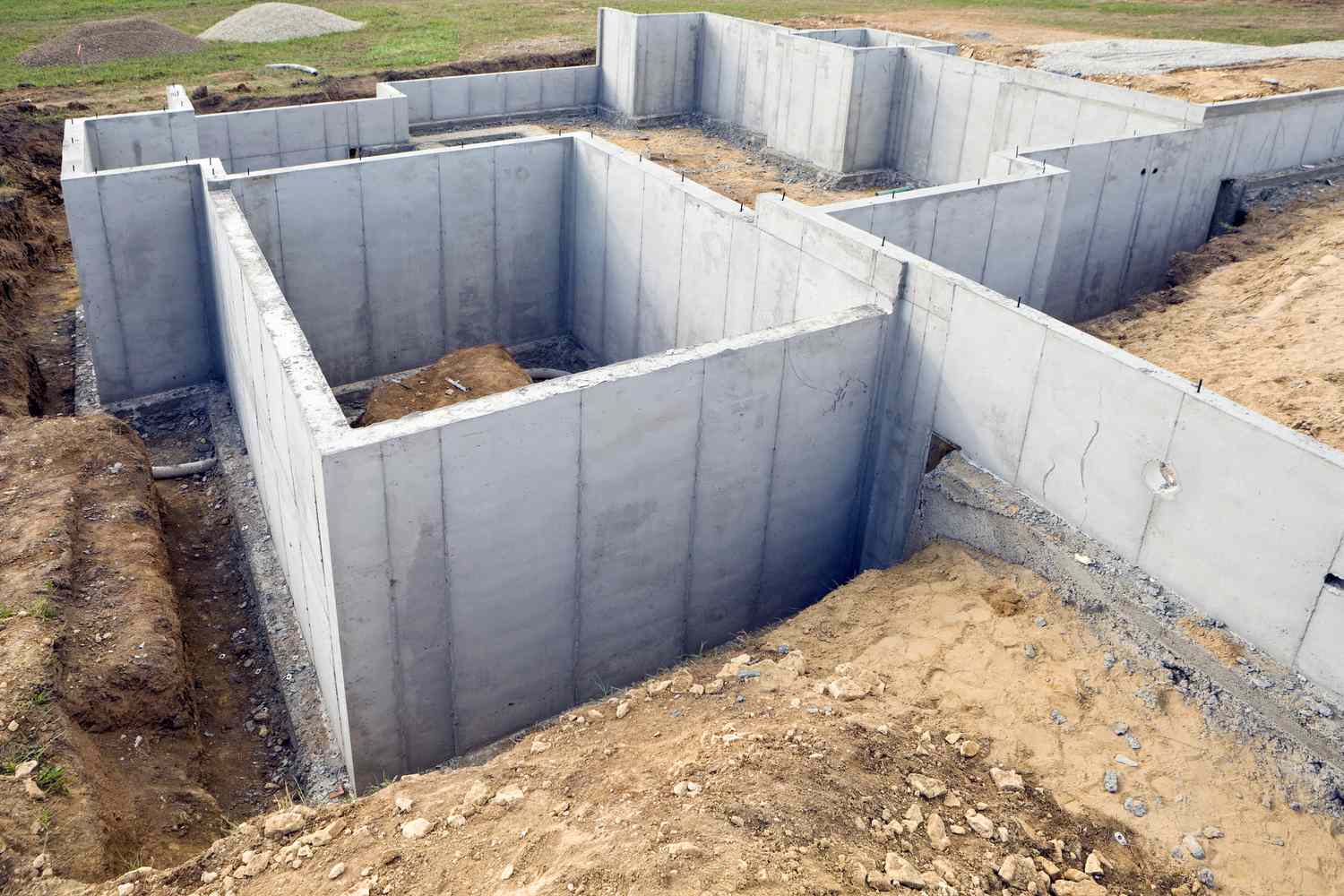


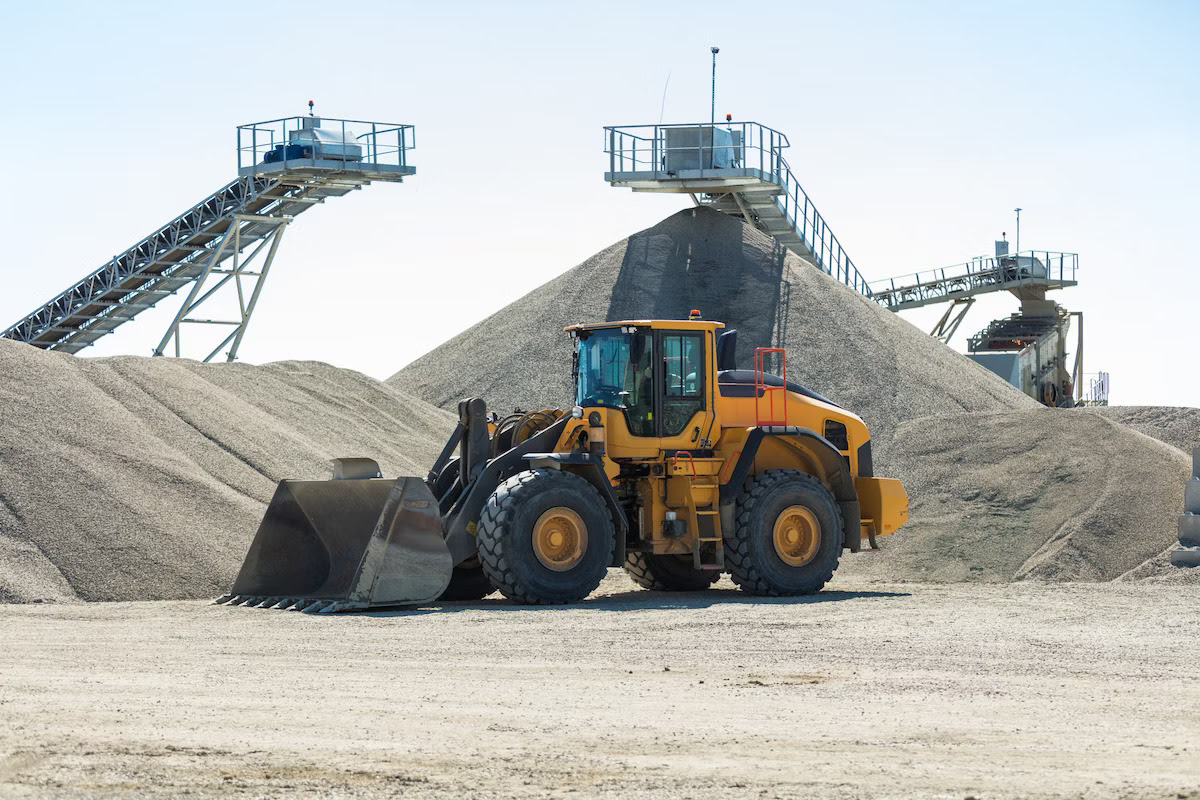





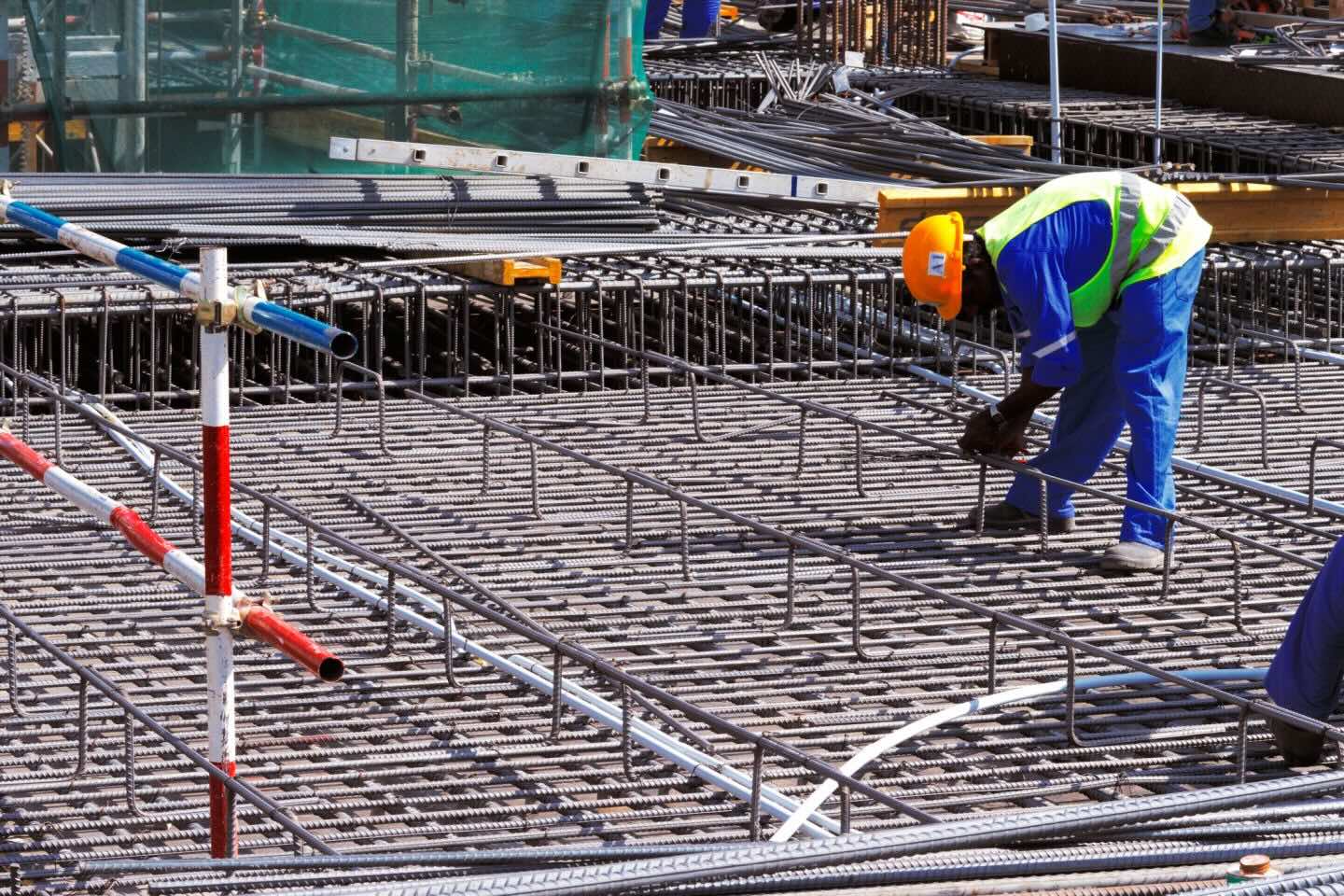


0 thoughts on “What Is CPI In Construction”